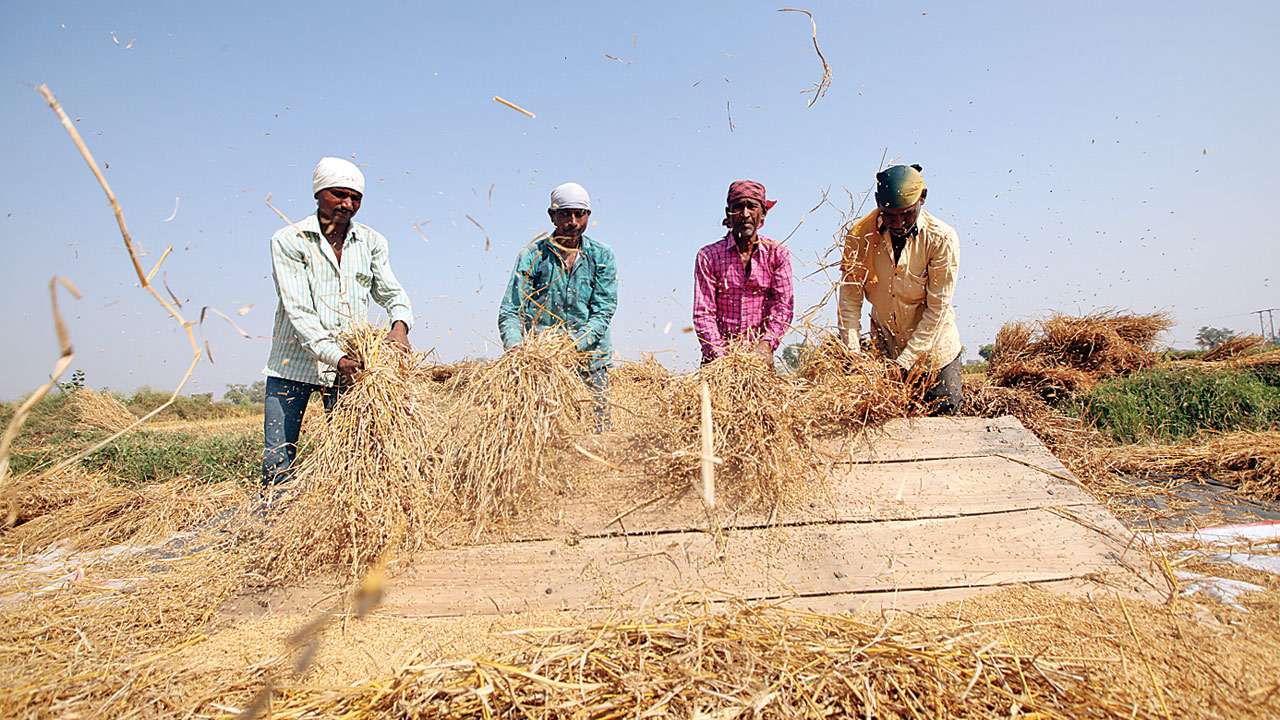
Projections can go wrong. In the late 1980s, Japan was regarded as the next economic superpower. Thirty years later, Japan’s economy is stagnant and its population growth negative. China overtook Japan’s GDP in 2011. Eight years later, its economy is more than double Japan’s.
India has long been called the next miracle economy after China. A Citibank study in 2013 projected that India would be the world’s largest economy by 2050, ahead of both China and the United States. The latest votary of an ‘Indian century’ is Punit Renjen, global CEO of Deloitte. In an interview with a business daily, Renjen said, “I believe this century certainly can be Asia’s and potentially the Indian century. The opportunity in India is tremendous.”
So are predictions of an Indian century credible? The answer is an equivocal yes. India’s nominal GDP (real plus inflation) is likely to cross $3 trillion in 2019-20. This will make India’s economy the fifth largest in the world, ahead of France and Britain and behind the US, China, Japan and Germany.
At an average annual GDP growth rate of 6 per cent and average inflation pegged at 4 per cent, India’s economy will double in seven years (2026-27) to over $6 trillion. With economic growth in Japan and Germany ranging between one and two per cent a year, this will likely make India the world’s third largest economy in seven years (in purchasing power parity terms, it is already the third largest).
Obviously, GDP is not the only factor that matters. Per capita income is the key and that is where India flounders. Per capita income in India in nominal terms is still below $2,000, one of the lowest in the world. Several hundred million Indians live barely above the poverty line, many millions more below it. To make this truly India’s century, successive governments must focus on five key reforms.
First, agriculture. Over half of India’s population lives off farm incomes. Unless these rise well above costs, India’s economic growth will be lopsided. A two-track India, with cities and towns prospering while villages struggle to make ends meet, can cause social divisions and unrest.
To fulfil its potential as a leading economic power, India must increase the annual growth of agriculture, which employs over 50 per cent of the population but contributes only 14 per cent to the GDP. Services (60 per cent) and industry (26 per cent) make up the rest.
Second, infrastructure. India’s chaotic cities point to a governance failure. A city like Mumbai contributes nearly one-third to India’s tax revenue, but gets far less from the Centre for investment in infrastructure projects.
Third, education. While India’s top-tier schools and universities have improved in recent years, the primary school system is broken. Schools are run in abandoned sheds, teachers often don’t turn up, and girl students drop out early due to lack of toilets.
Fourth, healthcare. Till the introduction of Ayushman Bharat, the national health insurance scheme, most poor Indians had rudimentary medical care. Even now, healthcare centres in small towns and villages lack medical equipment, doctors and trained nurses. Malnutrition and disease among a large section of young Indians slows the country’s economic growth.
Fifth, governance. For India to live up to its potential as one of the world’s three pre-eminent powers as this century unfolds, the most pivotal reform lies in good governance. The big reforms from the Narendra Modi government have come in the financial and social sectors: The Insolvency and Bankruptcy Code (IBC), health insurance, sanitation, electrification, free gas cylinders to the poor and direct transfers of subsidies. But to make this century India’s, good governance is the key missing link.
The problem is deep rooted. Politics do-not attract enough people with talent. The Modi government has not only failed to attract top-notch lateral talent from the professions — law, accountancy, media, technology and academia — but even the talent it has in the Cabinet is often wasted.
As a leading daily reported, “Hardeep Singh Puri, a former diplomat, was sent to the ministry of housing and urban affairs. KJ Alphons, who had experience in housing and urban affairs, was allotted tourism and electronics and information technology. Satyapal Singh, a former police commissioner, was given the two portfolios of human resources development and water resources, river development and Ganga rejuvenation. And RK Singh, India’s former home secretary, found his new offices in the power ministry and the ministry of new and renewable energy. Indian polity has traditionally been uncomfortable with the idea of expertise. Most politicians don’t have expertise in any areas of governance, and they are assisted by career bureaucrats who are not just generalists, but also quite unwelcoming of specialists as lateral entrants.”
China rose from a poor country in 1979 to a middle income nation in little over one generation. Its per capita income is approaching $10,000. As a democracy, India has many advantages over China. Being rich is good. Being rich and free is better. As a vibrant democracy and set to be the world’s third largest economy in the next decade, India is well on the road to making this India’s century. But before that, among other imperatives, it will have to fix governance.
The writer is an author and publisher